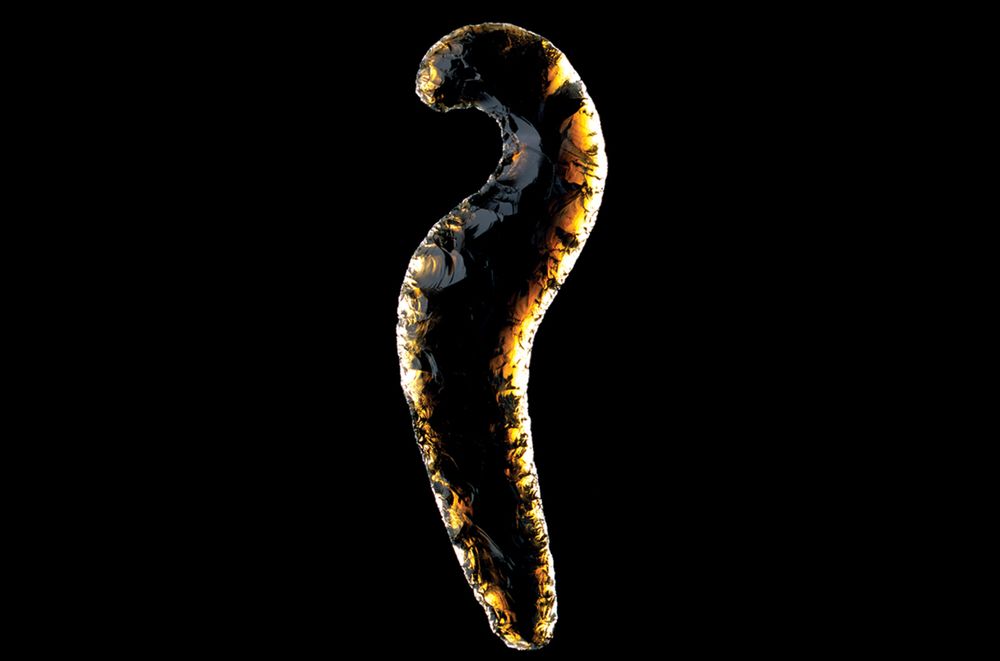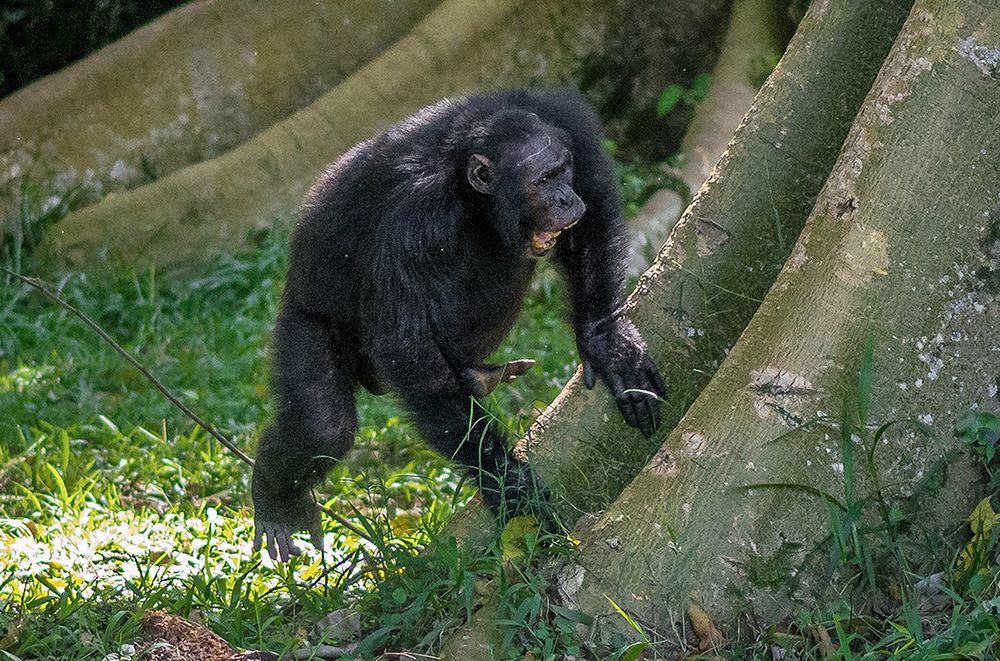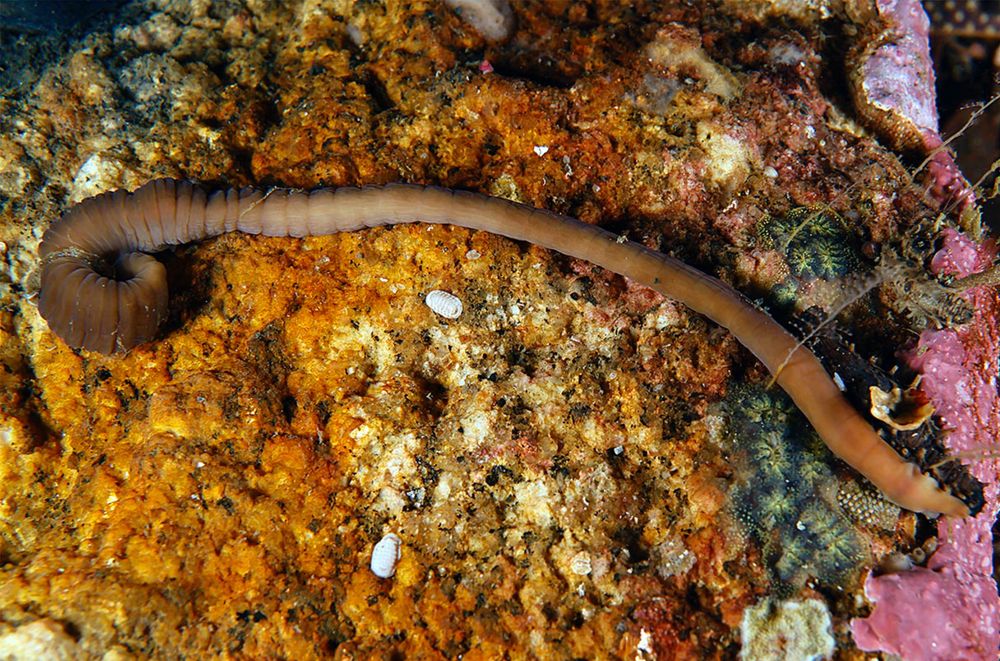@science.org! 🧪 ✏️
This could be for you if you're a student from a community historically underrepresented in #journalism who's interested in in covering science for general audiences: recruiting.ultipro.com/AME1123ASEM/...

@science.org! 🧪 ✏️
This could be for you if you're a student from a community historically underrepresented in #journalism who's interested in in covering science for general audiences: recruiting.ultipro.com/AME1123ASEM/...
This could be for you if you're a student from a community historically underrepresented in #journalism who's interested in in covering science for general audiences: recruiting.ultipro.com/AME1123ASEM/...

This could be for you if you're a student from a community historically underrepresented in #journalism who's interested in in covering science for general audiences: recruiting.ultipro.com/AME1123ASEM/...



Listen here 🎧 www.science.org/content/podc...
Learn more: https://scim.ag/45PD8M0

Learn more: https://scim.ag/45PD8M0



Listen here 🎧 www.science.org/content/podc...
Listen here 🎧 www.science.org/content/podc...
Populations of the bed bug that associates with people appear to have surged as human societies shifted from nomadic to more settled lifestyles
@rpocisv.bsky.social reports in @science.org 👇
www.science.org/content/arti...
Populations of the bed bug that associates with people appear to have surged as human societies shifted from nomadic to more settled lifestyles
@rpocisv.bsky.social reports in @science.org 👇
www.science.org/content/arti...






Learn more: scim.ag/42Uyv1K
Learn more: scim.ag/42Uyv1K

@rpocisv.bsky.social ‣ @science.org

@rpocisv.bsky.social ‣ @science.org




